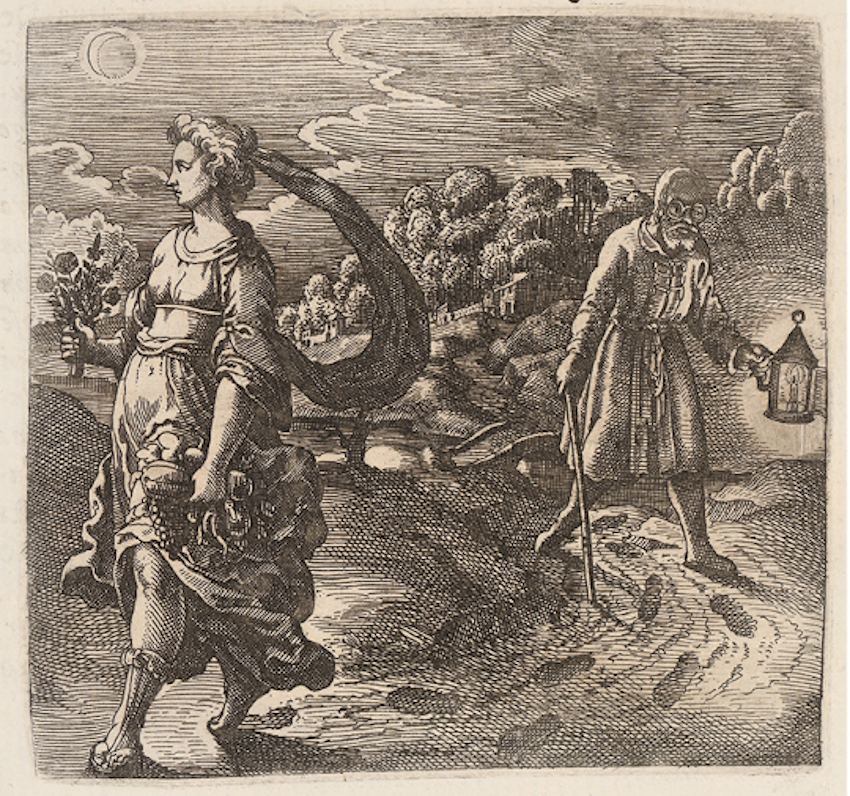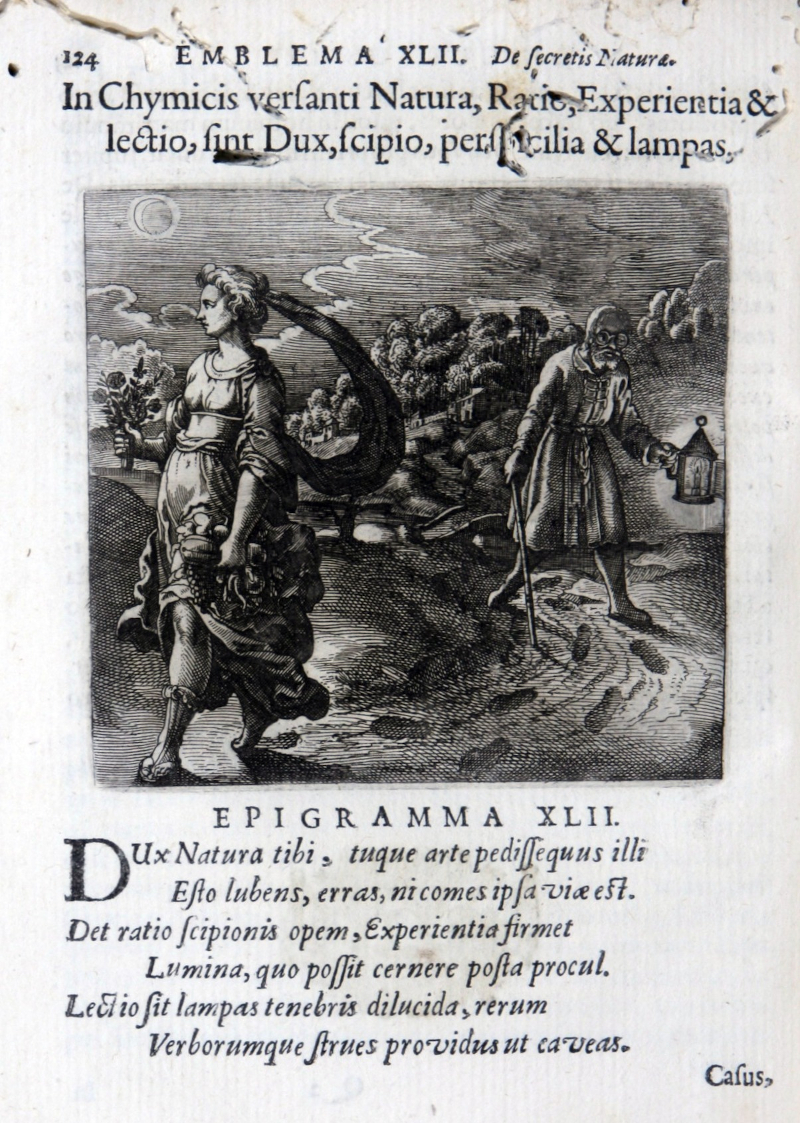
Michael Maier, 1568?-1622. Secretioris naturae secretorum... Francofurti: impensis Georgii Heinrici Oehrlingii..., 1687. Universitat de València. Biblioteca Històrica. BH Y-1/127
The dream of the alchemists was to obtain the mythical Philosopher's Stone, which has marvellous properties, such as transforming ordinary matter into gold or silver, or providing eternal youth. Within the hermetic tradition, the alchemists passed on from one to another various formulas for obtaining them.
Myth became utopia and utopia became a metaphor. Chemical Science, even before it was constituted as such, has sought to transform "ordinary" matter into nobler, more useful substances or materials. Many of the technological revolutions that have taken place throughout history, and which have profoundly transformed society, are related to advances in the knowledge of chemistry. It is worth remembering what was involved in obtaining copper, bronze or iron in the Ancient Age; obtaining the purple dye, which led to the appearance of one of the first commercial empires, the Phoenicians; the discovery of mortar, which brought about the appearance of new building techniques; or that of glass and ceramics, cosmetics and perfumes, the control of fermentation, which made it possible to obtain wine and beer... Many of these discoveries were mere products of chance (serendipity or fluke) but the spirit of observation and systematisation typical of chemists made it possible to form a body of doctrine linked to the transformation of substances. It is true that sometimes what was a short-term solution ended up becoming a long-term problem even on a planetary scale, but in any case, even if chemistry was part of the problem, it will necessarily be part of the solution.

Universitat de València. Biblioteca Històrica. BH Y-1/127
The exhibition “Tras la piedra filosofal: del mito a la utopía. 125 años de estudios de química en la Universitat de València” (Spanish for Behind the Philosopher's Stone: from myth to utopia 125 years of chemistry studies at the Universitat de València) is being held to celebrate the 125th anniversary of chemistry studies at the Universitat de València. In the unique Duc de Calàbria Room of the Historical Library, copies from the fifteenth to nineteenth centuries of key books on alchemy, chemistry and applications of chemistry, belonging to the collections of the same Historical Library, are displayed. Grouped by topic, it shows the progress of Chemical Science from its alchemical origins to its foundation as a modern science, together with contributions to various fields of practical interest, such as dyes, so important in the silk industry, a vital part of the Valencian economy in the 16th to 18th centuries, pyrotechnics, pharmacy, metallurgy and many others.
Ignacio Nebot Gil
Genevae: sumpt. Chouet, G. de Tournes, Cramer, Perachon, Ritter & S. de Tournes, 1702. Universitat de València. Biblioteca Històrica. BH A-16/19











